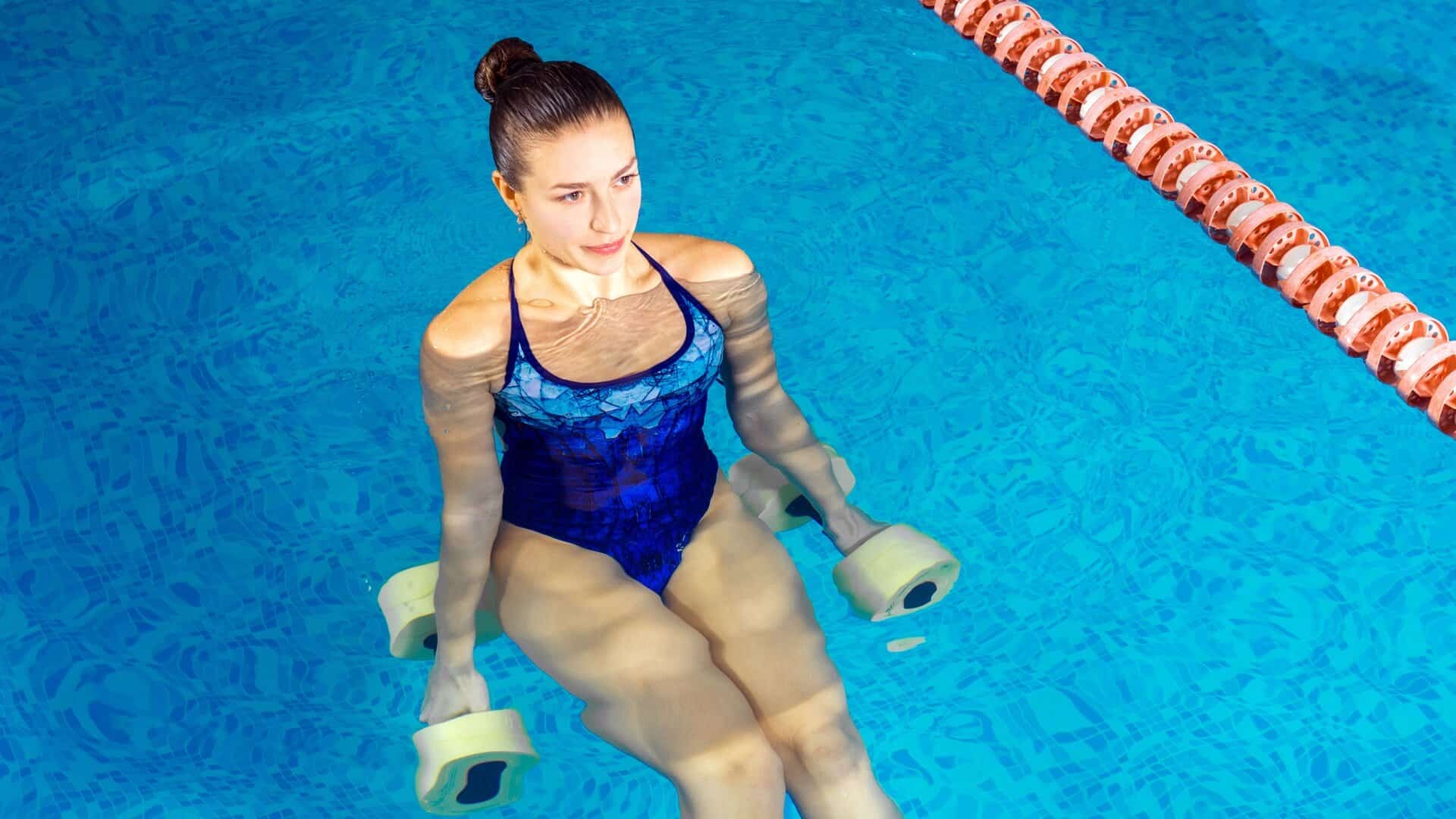What is the Perfect Pool Temperature for Therapy-Related Activities?

Finding the Perfect Pool Temperature for Therapy-Related Activities
Water holds incredible healing power. Whether you’re seeking relief from chronic pain, recovering from an injury, or improving overall mobility, aquatic therapy can offer a unique and effective rehabilitation approach. But here’s the catch — not just any pool setup will do. The pool temperature plays a crucial role in ensuring positive outcomes for therapy-related activities.
Aqua Leisure Pools and Spas will explore the connection between pool temperature and therapy-related activities. We’ll cover the science behind aquatic therapy, the role of water temperature, and even tips on customizing therapy exercises to your unique needs.
Understanding Aquatic Therapy
Aquatic therapy, also known as hydrotherapy, leverages the unique properties of water to make exercise accessible for individuals of varying abilities. The buoyancy of water reduces pressure on joints, allowing movements that may be impossible or painful on land. Water also provides gentle resistance, promoting strength and flexibility while simultaneously easing pain and inflammation.
Benefits of Aquatic Therapy
Aquatic therapy is most commonly used by individuals with:
- Arthritis – Water supports movement with minimal joint strain, improving overall mobility.
- Fibromyalgia – Warm water reduces widespread pain and stiffness.
- Chronic pain – Reduces discomfort and helps improve blood circulation.
- Neurological disorders like MS – Cooler temperatures help prevent overheating during exercise.
Beyond rehabilitation, aquatic therapy can also aid balance, coordination, and mental well-being.
Why Pool Temperature Matters
Think all pools are created equal? Think again. While an average swimming pool typically ranges between 78°F and 82°F, therapeutic pools require more specific accommodations.
The pool temperature doesn’t just impact comfort levels; it directly enhances therapeutic outcomes by influencing factors like:
- Muscle relaxation – Warm water relaxes tense muscles, increasing flexibility.
- Blood circulation – Properly heated water can improve blood flow, enhancing recovery.
- Pain relief – The right temperature can soothe inflammation and reduce the perception of pain.
Choosing the right pool temperature ensures that therapy sessions deliver maximum effectiveness while avoiding potential risks like discomfort, overheating, or inadequate results.
Ideal Pool Temperatures for Therapy-Related Activities
Not every therapy session calls for the same pool temperature. Here’s how to determine what’s best, based on specific needs:
Warm Water (90°F – 94°F)
Known as the thermoneutral range, warm water provides an optimal environment where neither heat loss nor heat gain occurs.
Best for:
- Individuals with arthritis, fibromyalgia, or chronic pain
- Low-impact rehabilitation exercises
Benefits:
- Loosens tight muscles and connective tissues for easier movement
- Decreases joint pain
- Boosts blood circulation to promote faster healing
Cooler Water (80°F – 86°F)
For certain conditions, warm water can be counterproductive. Cooler water works to combat fatigue, particularly for individuals with sensitivity to heat or those engaging in high-intensity therapies.
Best for:
- People with multiple sclerosis (MS) and heat intolerance
- Higher-intensity aerobic exercises
Benefits:
- Prevents overheating for better endurance
- Supports heart health during vigorous activity
Therapy Related Activities in a Pool
Aquatic therapy isn’t one-size-fits-all. Each program can be tailored to specific needs, offering both rehabilitation and functional improvement. Here are common therapy exercises conducted in a pool:
1. Water Walking or Jogging
Engage leg muscles and improve cardiovascular health while the water’s resistance strengthens muscles without stressing joints too much.
2. Range-of-Motion Exercises
Movements like leg lifts, arm presses, or gentle stretches become easier and pain-free thanks to water’s buoyancy.
3. Strengthening Exercises Using Water Resistance
Simple tools like foam dumbbells or paddles can turn the gentle resistance of water into a strength-training asset.
4. Balance and Coordination Exercises
Through uniform water pressure, participants can improve stability with less fear of falling.
Why Choose Aqua Leisure?
Wondering how to get started with aquatic therapy? The right pool makes all the difference. At Aqua Leisure Pools and Spas, we specialize in high-quality inground fiberglass pools that are perfect for therapy-related activities.
- We’ve been serving the Wilkes-Barre, Dickson City, Scranton, and Tannersville areas for over 60 years.
- From Northeastern Pennsylvania to Allentown and Doylestown, PA, our expertise is trusted across regions.
- We offer a wide variety of pool models tailored to your specific needs.
Our pools aren’t just functional; they’re also designed for your lifestyle. Whether it’s relaxation, entertaining guests, or therapy activities, we ensure you’ll “soak in the memories” for years to come.
Visit Aqua Leisure Pools and Spas today to see how we can help bring your dream pool to life! Contact us today to learn more.
Posted by Aqua Leisure Pools & Spas in Pools

